General William ‘Billy’ Mitchell the head of America’s Air Service in Europe at the end of the First World War proposed a parachute assault on the city of Metz from giant Handley-page bombers in 1918. General John Pershing Commanding the American Expeditionary Force rejected the plan as too imaginative. There was experimentation in the US between the wars but the potential remained unrecognized.
Major William Lee tasked to investigate military parachuting after the dramatic German airborne assault on the Low Countries called for volunteers in June 1940 from the 29th Infantry battalion to form a parachute Test Platoon. 48 of 200 volunteers were accepted. The platoon became the nucleus of the 501st Parachute Infantry Unit. A parachute school was established at Fort Benning in Georgia the following year. Further German success at Crete in May 1941 galvanised progress.
The 82nd US airborne Division was activated at Camp Claiborne Louisiana on 25th March 1942 and the 101st Division followed, formed from a nucleus from the 82nd. Both divisions participated in costly and inexperienced airborne assaults on Sicily in July 1943. Two more divisions were activated, the 11th and 17th Airborne Divisions in May and April 1943. The 13th Division set up the following August but never saw active service as a division.
Both the 82nd and 101st Airborne Divisions dropped on D-Day on 6th June 1944 and on Operation MARKET-GARDEN in southern Holland the following September. The two divisions served with distinction in the ground role during the Battle of the Bulge fought during the winter of 1944-5 to contain an unexpected German counter-offensive in the Ardennes. The 17th US Airborne Division flew in with the British 6th Airborne Division during Operation VARSITY the Rhine Crossing in March 1945.
Two large scale airborne assaults were launched by the Americans during the Korean War in 1950 and 1951. Although successful, they were not significant. Technology had yet to provide improved reach and ruggedness. The helicopter appeared in Korea and the first C-130 Hercules transport aircraft flew in 1954.
Air-mobile helicopter assault operations were employed by American forces in Vietnam between 1965 until 1975. Few operational parachute jumps were made. Air assault operations were conducted by the ‘Sky Soldiers’ of the Air Cavalry divisions, supported by their own integral helicopter gun-ships. Improvements in airborne mobility, firepower and re-supply transformed the nature of airborne operations conducted in hostile environments.
The US intervention on the island of Grenada was preceded by a Ranger parachute assault on 25th October onto Pearls Airfield in the north and Point Salinis in the south, to secure landing strips for a follow-on air-land by the 82nd Airborne Division. In December 1989 Panama was invaded by air-landed troops and supported by parachuted Rangers. Limited parachute drops were also made during the Iraq war of 1993.
United States Airborne Forces
Newsletter Signup
Donate
Donate
Make a donation to Airborne Assault ParaData to help preserve the history of The Parachute Regiment and Airborne Forces
The Airborne Shop
The Airborne Shop
The Airborne Shop is the official shop of Support Our Paras (The Parachute Regiment Charity RCN1131977).
Profits from all sales made through our shop go directly to Support Our Paras, so every purchase you make with us will directly benefit The Parachute Regiment and Airborne Forces.


















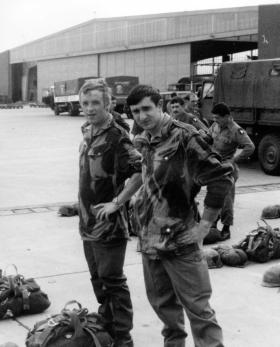




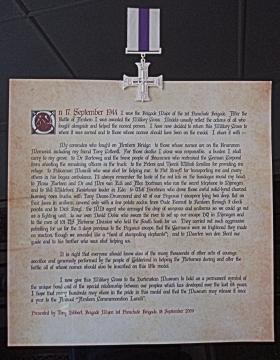



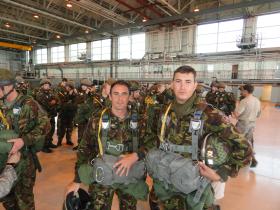


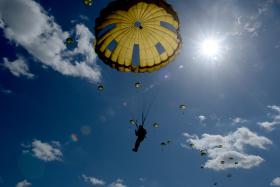










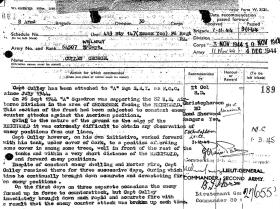











Latest Comments
There are currently no comments for this content.
Add Comment
In order to add comments you must be registered with ParaData.
If you are currently a ParaData member please login.
If you are not currently a ParaData member but wish to get involved please register.